As the Arctic warms, polar bears now face a greater risk of contracting several pathogens than bears three decades ago, according to a new study.
As the Arctic warms, polar bears now face a greater risk of contracting several pathogens than bears three decades ago. Karyn Rode and Caroline Van Hemert of the U.S. Geological Survey report these findings in a new study published October 23, 2024, in the open-access journalThe environmental changes associated with global warming are creating new opportunities for viruses, bacteria and parasites to infect Arctic wildlife.
Researchers also looked at factors that increased the bears' risk of exposure to these pathogens and found that exposure varied with diet and was higher in females than males, potentially as a result of pregnant females denning on land to raise cubs. The authors add:"For some pathogens, the number of polar bears testing positive for serum antibodies, an indicator of pathogen exposure, more than doubled and were among the highest levels identified in a population. These results suggest that pathogen transmission pathways have changed in this Arctic ecosystem."Karyn D. Rode, Caroline Van Hemert, Ryan R. Wilson, Susannah P. Woodruff, Kristy Pabilonia, Lora Ballweber, Oliver Kwok, Jitender P. Dubey.
Microbes And More Mammals Food Global Warming Tundra Snow And Avalanches Climate
United States Latest News, United States Headlines
Similar News:You can also read news stories similar to this one that we have collected from other news sources.
 Paws of polar bears sustaining ice-related injuries in a warming ArcticPolar bears in some parts of the high Arctic are developing ice buildup and related injuries to their feet. The changes appear to be an unexpected consequence of climate change, related to changing conditions in a warming Arctic.
Paws of polar bears sustaining ice-related injuries in a warming ArcticPolar bears in some parts of the high Arctic are developing ice buildup and related injuries to their feet. The changes appear to be an unexpected consequence of climate change, related to changing conditions in a warming Arctic.
Read more »
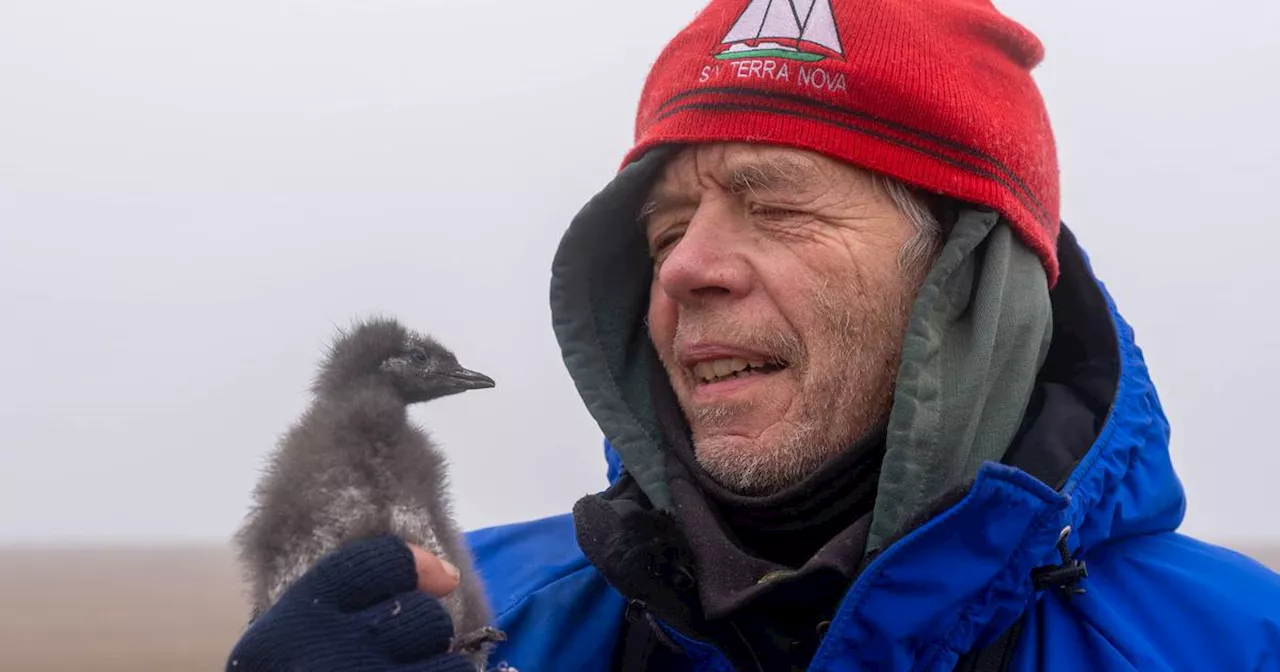 The polar bear and the bird scientist: George Divoky’s 50-year Arctic vigilHe came to Alaska as a young man to study seabirds on this barren barrier island. Decades later, he found the fingerprints of climate change. After a lifetime, will he see this colony disappear?
The polar bear and the bird scientist: George Divoky’s 50-year Arctic vigilHe came to Alaska as a young man to study seabirds on this barren barrier island. Decades later, he found the fingerprints of climate change. After a lifetime, will he see this colony disappear?
Read more »
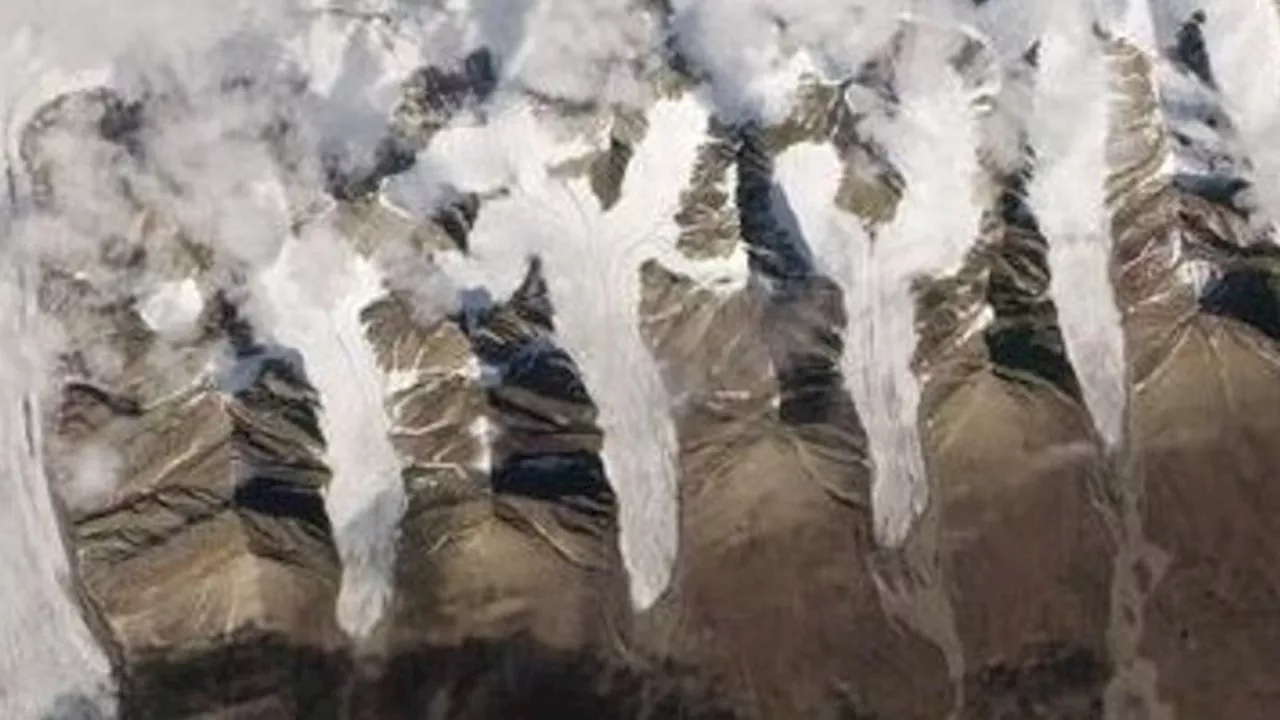 Earth from space: 4 near-identical glaciers spark new life in Arctic island's 'polar desert'Harry is a U.K.-based senior staff writer at Live Science. He studied marine biology at the University of Exeter before training to become a journalist. He covers a wide range of topics including space exploration, planetary science, space weather, climate change, animal behavior, evolution and paleontology.
Earth from space: 4 near-identical glaciers spark new life in Arctic island's 'polar desert'Harry is a U.K.-based senior staff writer at Live Science. He studied marine biology at the University of Exeter before training to become a journalist. He covers a wide range of topics including space exploration, planetary science, space weather, climate change, animal behavior, evolution and paleontology.
Read more »
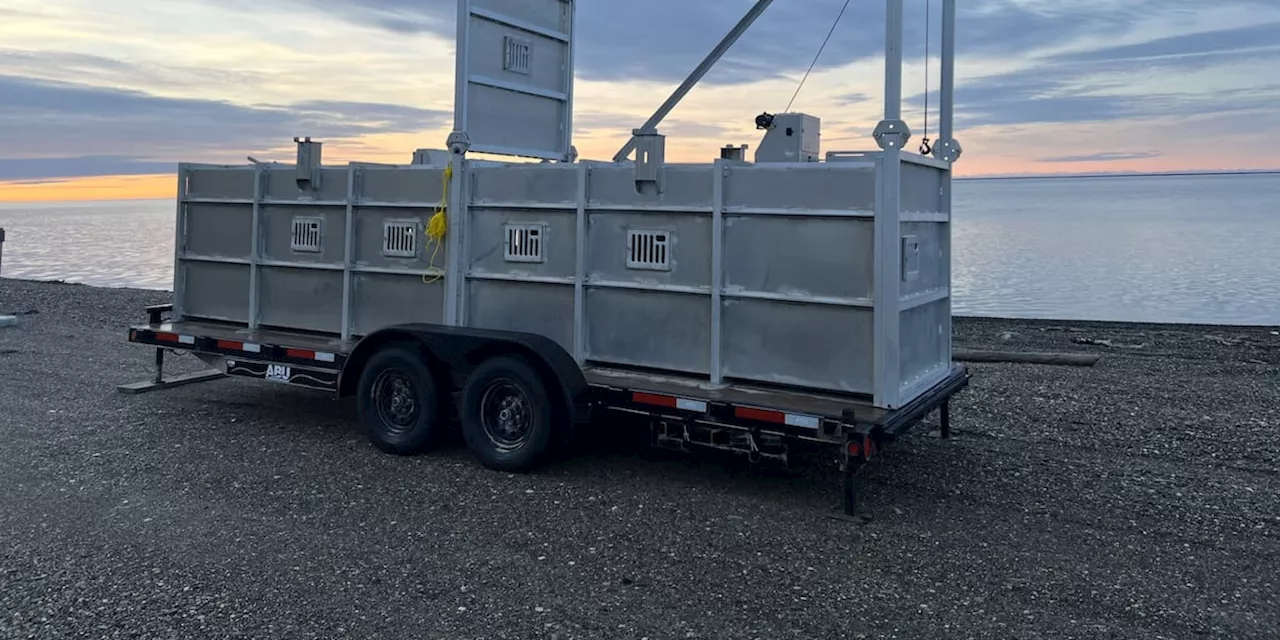 New trap designed to save mother polar bears and their cubs from potential oil spillsA new kind of trap is designed to contain polar bear mothers and their cubs in the event of an oil spill
New trap designed to save mother polar bears and their cubs from potential oil spillsA new kind of trap is designed to contain polar bear mothers and their cubs in the event of an oil spill
Read more »
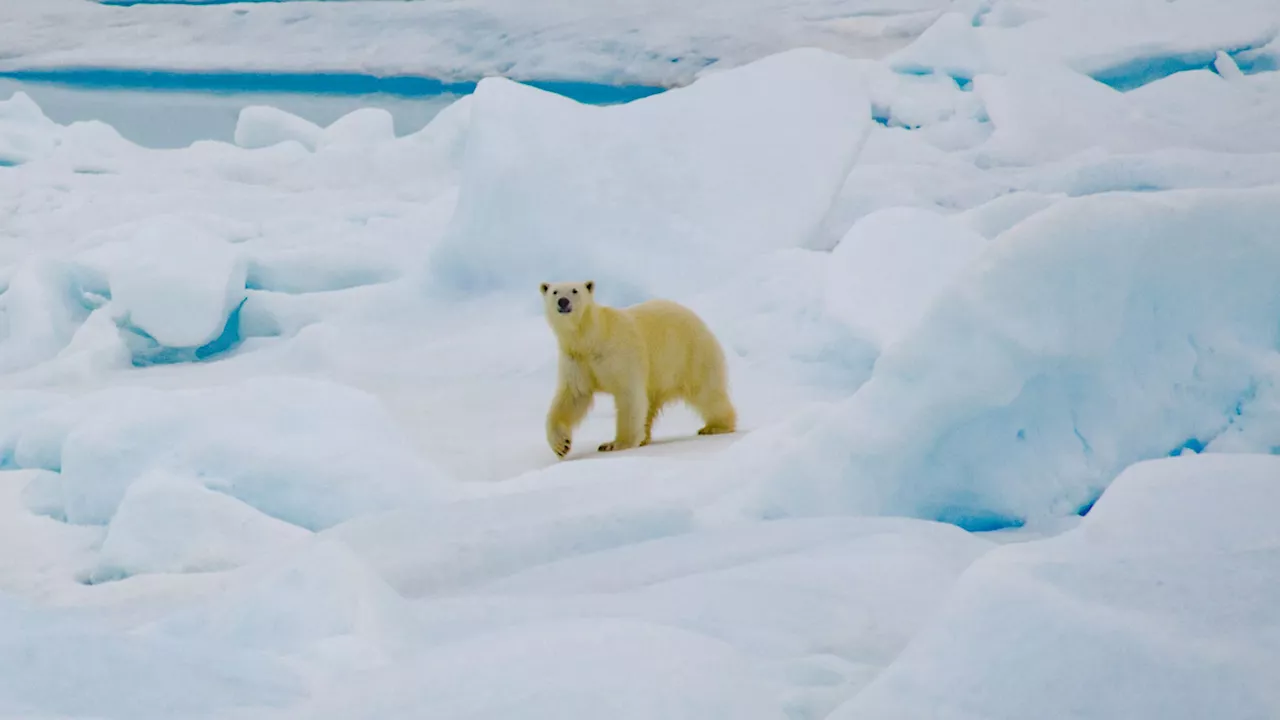 Polar bears are being exposed to more pathogens as the climate warmsPolar bears have been exposed to more viruses, bacteria and parasites in recent decades, a new study shows, possibly acquiring the germs in their diet.
Polar bears are being exposed to more pathogens as the climate warmsPolar bears have been exposed to more viruses, bacteria and parasites in recent decades, a new study shows, possibly acquiring the germs in their diet.
Read more »
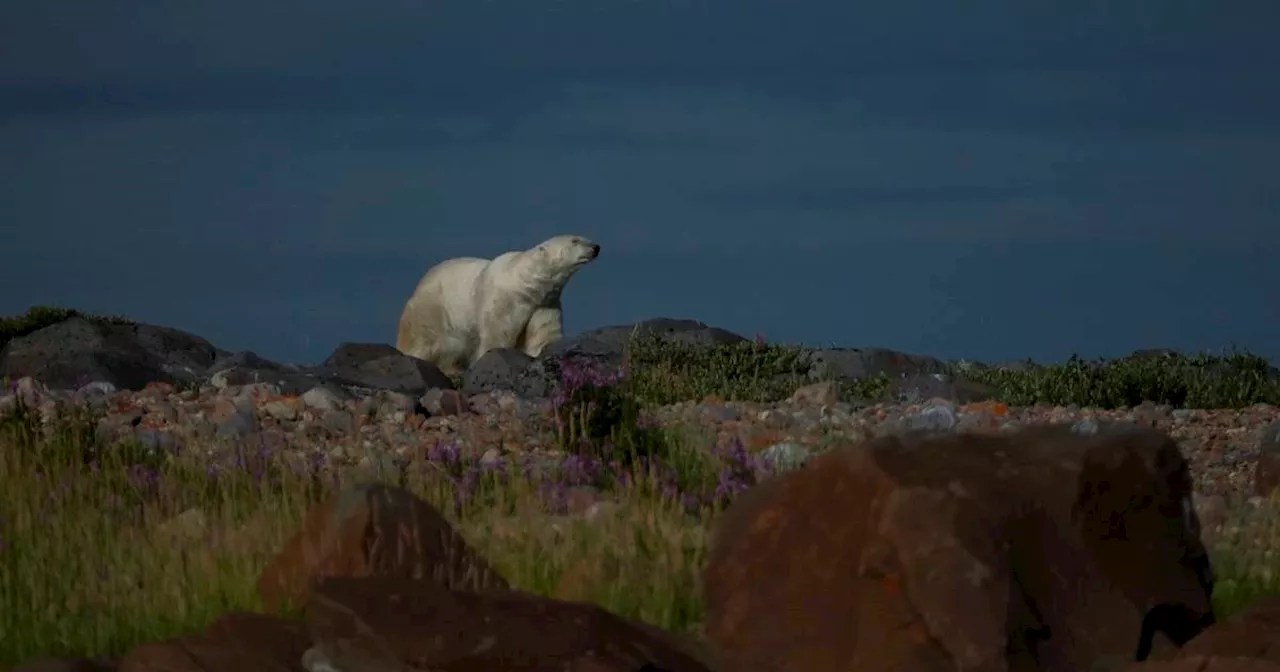 In Canada’s gateway to the Arctic, fat and ice are crucial for polar bears. All three are in trouble.Hudson Bay polar bears are losing sea ice that they use as a base for seal hunting, so they are going hungry longer in the summer.
In Canada’s gateway to the Arctic, fat and ice are crucial for polar bears. All three are in trouble.Hudson Bay polar bears are losing sea ice that they use as a base for seal hunting, so they are going hungry longer in the summer.
Read more »
